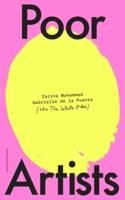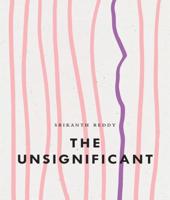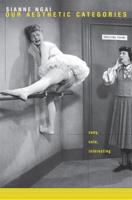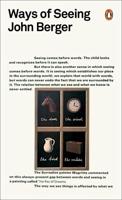Publisher's Synopsis
Goya was always, before being a painter, a Spaniard, and fundamentally an Aragonese. He estimated his origin and his knowledge of Spanish customs and traditions. His passion was Spain: her land, its sun, its women, and never banished from his heart the fondness for good wine, bulls, and ladies. But the Spain he loved was downtrodden and in decline. The tinsel of the court and the nobility concealed the misery of the people and the political and emotional dominance of a strictly hierarchical social system based on fear, ignorance, and superstition. Goya maintained the same tendency to the exact and realistic representation of his time, in portraits and even in his works with religious motifs. His passionate conviction that what he was doing was right led him to paint or engrave repulsive reality and Spanish decadence. After Carlos III, Carlos IV, José Bonaparte, or Fernando VII, Goya expressed his fiery and passionate love for his land, nation, customs, and traditions. Instead of the crushed by its decadence and stupidity, the venality and corruption of royalty. This attitude angered the king, the royal family, the aristocrats, the higher clergy, the feudal lords, and the Inquisition, ultimately leading to his exile and death.









